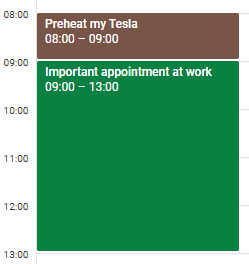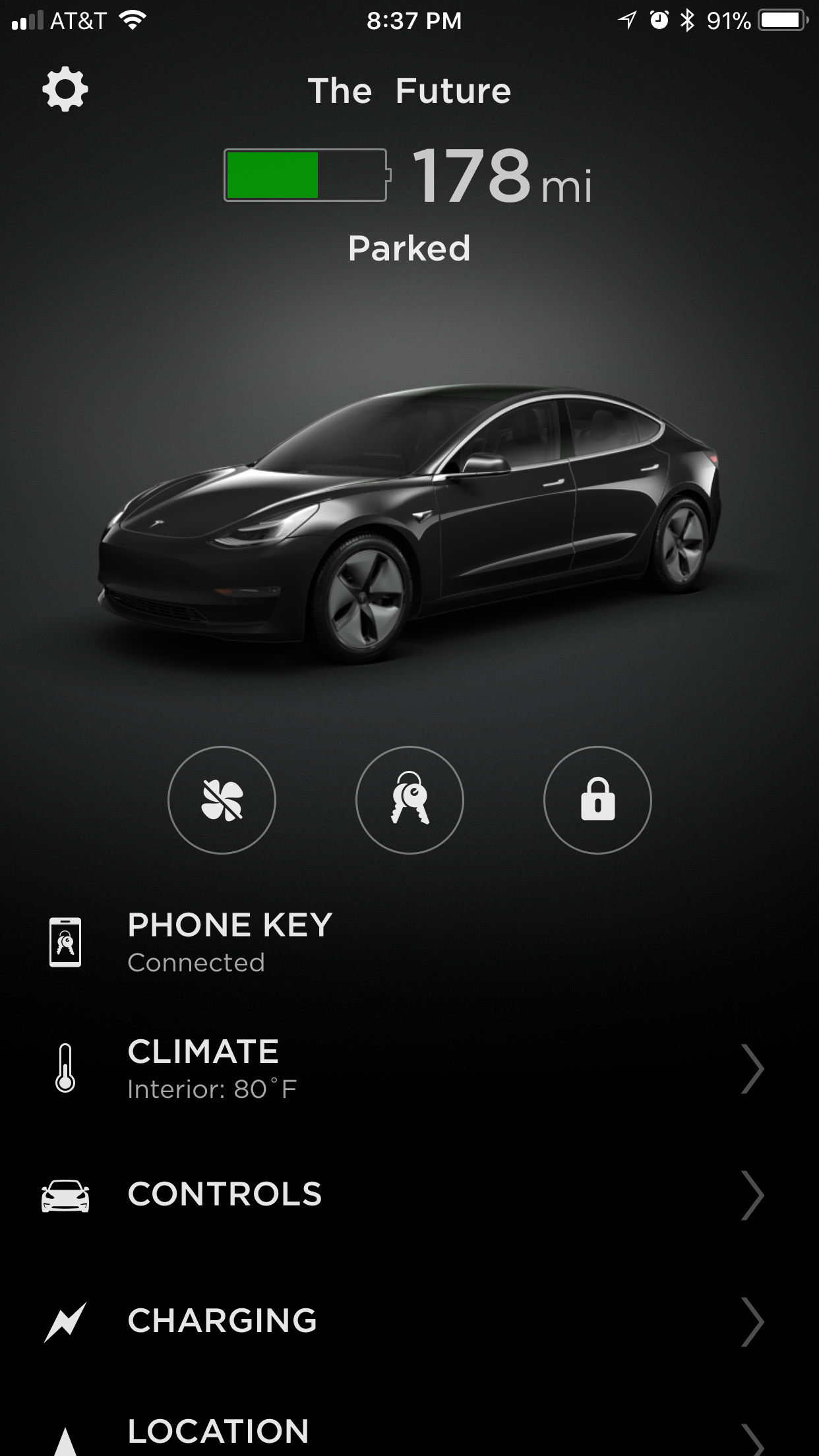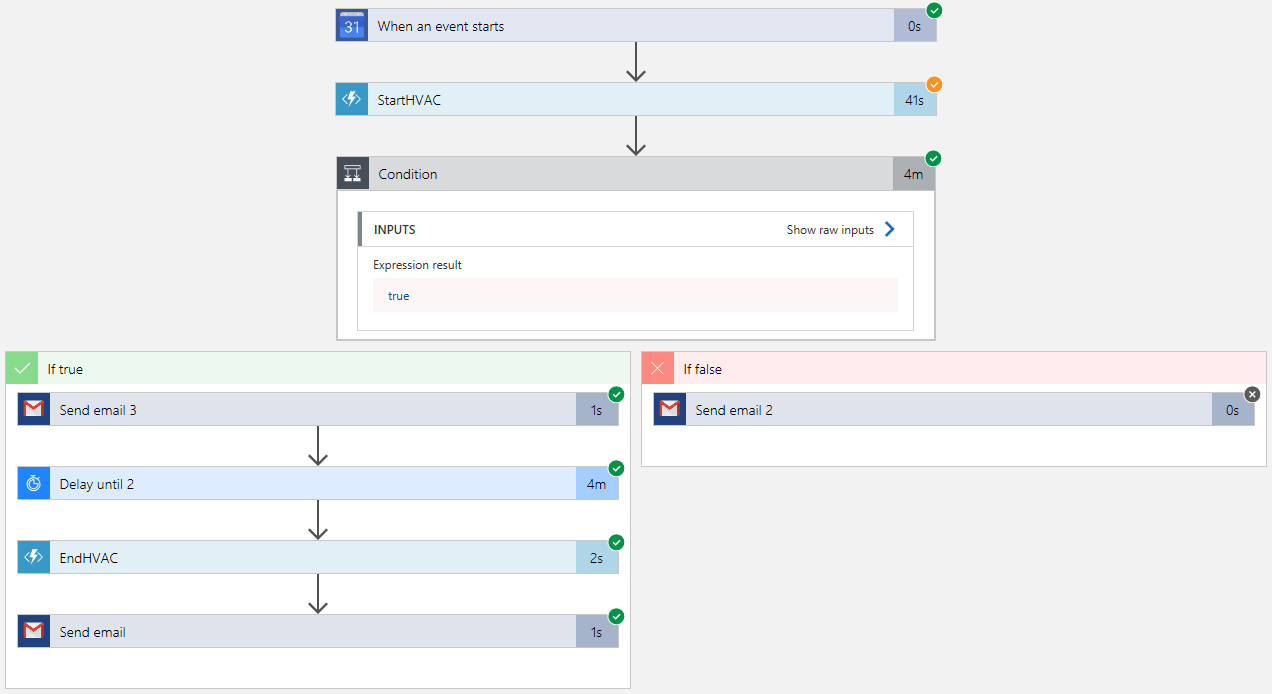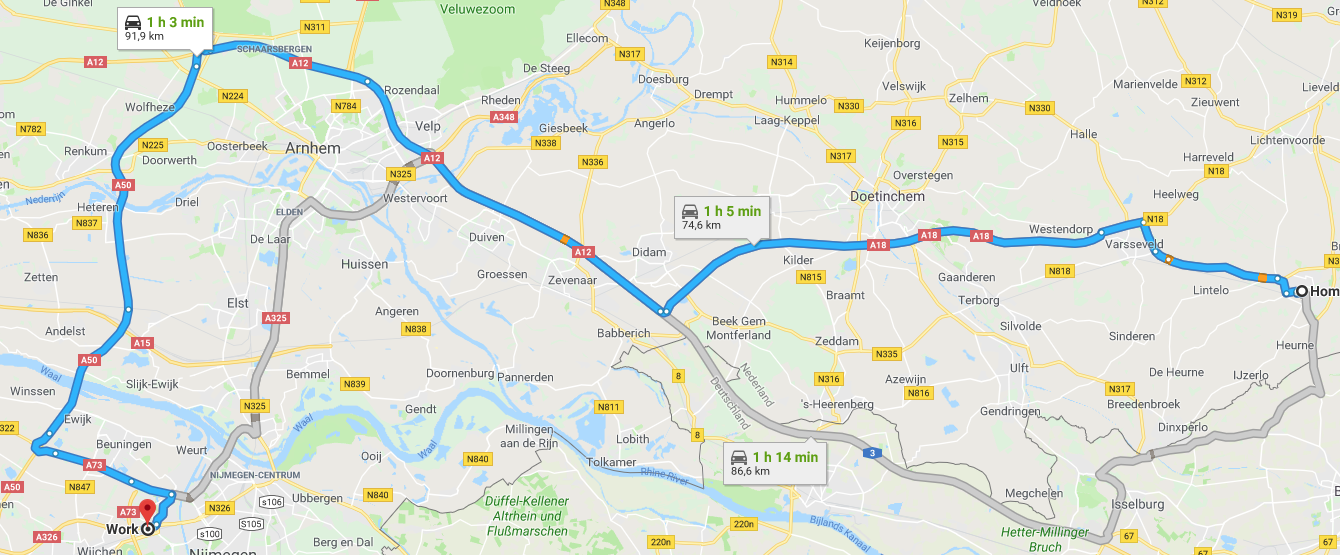Scheduling things on a Tesla using Azure pt. 4; Google calendar
Having made good progress on the Tesla side of the implementation, it’s time to take a look at how to implement the calendar integration. But first, let’s examine why to use a calendar in the first place. After all, there are many solutions that implement similar functionality, for example using timers (like Tesla does in the car).
Personally, to be honest, I would be totally lost if it were not for a digital calendar. Google calendar to be precise. I forget things, so I register everything in it. Not everything needs to send out reminders, but just not forgetting that my son has his basketball training every Tuesday and Thursday evening, prevents me from making some kind of commitment that will cause conflicts.
In other words: my life is in that calendar. That means also the things I need to get into my car for. So my calendar seems like the perfect place to also administer when I need my car to prepare itself for driving, by defrosting or whatever. And if an appointment changes, I immediately see that that part also needs to change. Like generating documentation from code.




